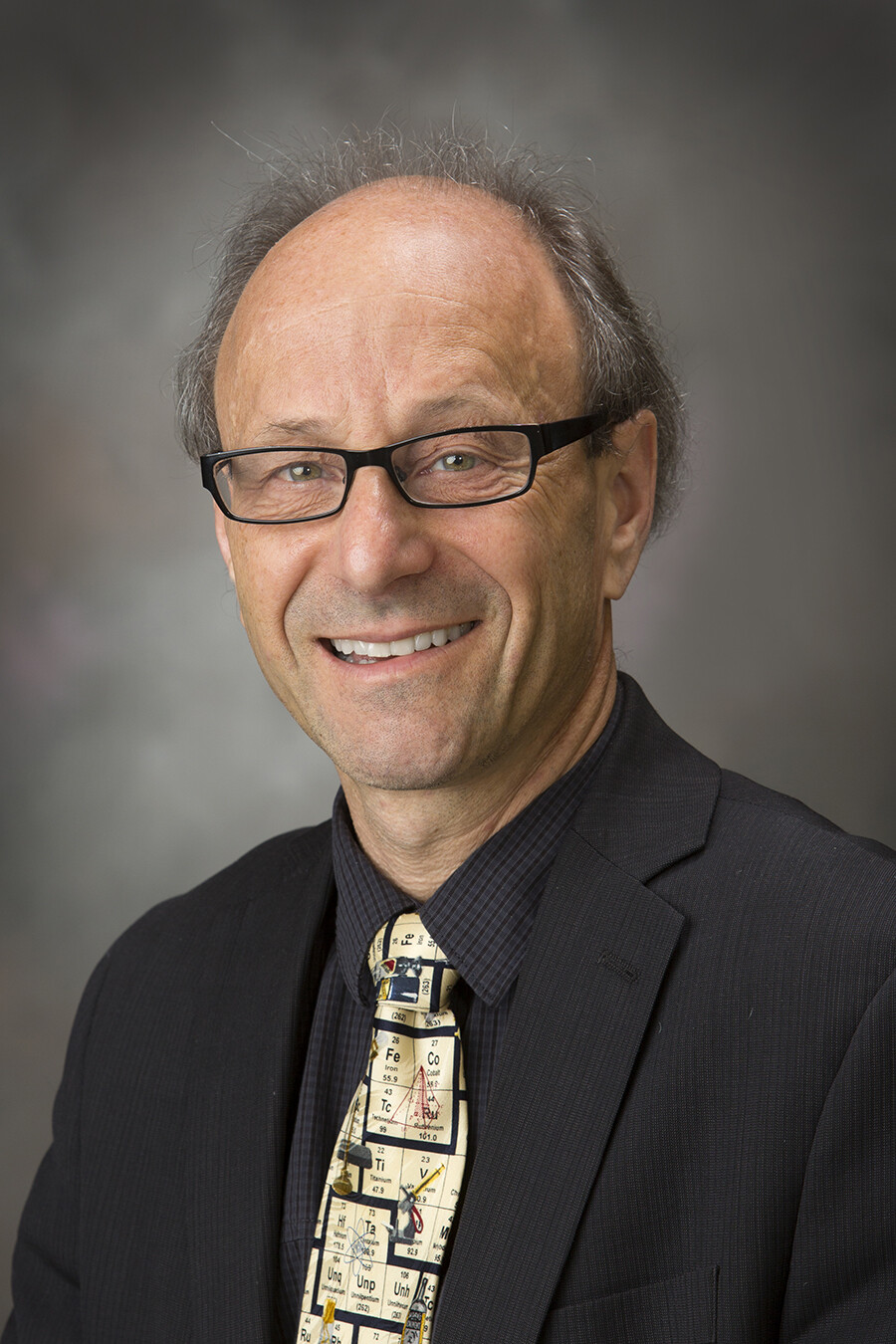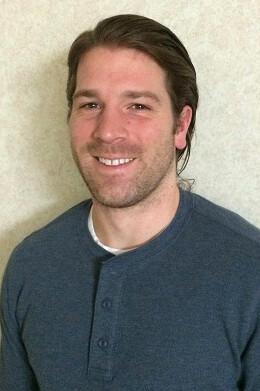
Chemist Louis Pasteur once remarked that chance favors the prepared mind – a notion epitomized by University of Nebraska-Lincoln researchers who recently published fortuitous and potentially groundbreaking findings.
The study, published in the Journal of the American Chemical Society, highlighted how discoveries in the sub-disciplines of bio-catalytic and organic chemistry can yield a sophisticated molecule with useful biological properties. The findings could one day lead to a range of medical and biological applications, including improved blood pressure medications.
Led by David Berkowitz, a Willa Cather Professor of chemistry, the team revealed the surprising versatility of a bacterial enzyme while also unveiling an unexpected molecular rearrangement involving the organized shuffling of bonds.
The authors found that the enzyme, which originates from the bacterium Clostridium acetobutylicum, easily bonded and consistently reacted with two very different classes of molecules, or substrates.
The enzyme binds the two compound classes very selectively, Berkowitz said. In each case, it produced only one of two mirror images but unexpectedly exhibited opposite chirality – that is, a left- vs. right-handed orientation.
“That’s fascinating, and it means that there’s something really interesting about this (enzyme),” said Berkowitz, who currently directs the Chemistry Division at the National Science Foundation. “We refer to it as ‘active site plasticity.’ We’ve modeled it – we have a hypothesis about how the substrates bind and are transformed by the enzyme – but this is based on a computer’s simulation of what’s going on. We really want to understand that better, so that’s a future research direction.”
The team also demonstrated a generalizable method for rearranging the enzymatic products to form new carbon-sulfur bonds while preserving the handedness initially set by the enzyme.
Berkowitz and his colleagues initiated the rearrangements partly through fluorination. This introduction of fluorines accelerated the rearrangement’s half-time from 20 hours to roughly three minutes – among the fastest rates ever recorded.
The researchers further determined that the fluorination yielded an unusually favorable “entropy of activation,” meaning that the rearrangement costs less energy and requires a less orderly transition than typically expected.
“The special features that favor this rearrangement entropically also constitute an important future direction of our research,” Berkowitz said.
The team’s multi-stage method ultimately produced several compounds in the phosphonate family. The compounds featured in the study could disrupt the functioning of an enzyme shown to play a role in increasing blood pressure.
“That’s a particular enzyme for which drugs have really not yet been developed,” Berkowitz said. “It’s sort of an emerging target for hypertension, and we built a platform that could be used to create a library of good compound candidates for inhibiting it.”
The study’s molecular rearrangement actually came to the fore while co-author and recent doctoral graduate Kaushik Panigrahi was attempting to study a different one.
“The standard for this type of reaction is that you need to heat the molecules significantly,” Berkowitz said. “That’s how Kaushik discovered this; he was trying to make one compound, and it actually rearranged before he could even take a spectrum analysis. He said, ‘What’s going on here?’ And the two of us figured out that he had discovered something really special.”
Panigrahi and fellow doctoral student Greg Applegate recognized the opportunity to couple the molecular rearrangement with the bacterial enzyme, which Applegate was investigating as a “reporting enzyme” for a trademark method that Berkowitz’s group uses to track organic reactions in real time.
Two seemingly unrelated strands of research thus became entangled in what Berkowitz called a “hybrid method using tools of biology and organic chemistry in concert.”
“Sometimes the best science isn’t exactly what you planned to do,” he said. “Ultimately, what this study shows is that chemistry is an experimental science. Theory is great, but experiment can drive theory as much as theory drives experimentation.”
The study, which the journal featured as a “Spotlight” in its March 25 edition, was co-authored by Guillaume Malik, postdoctoral researcher in chemistry. The research was funded by the National Science Foundation.








